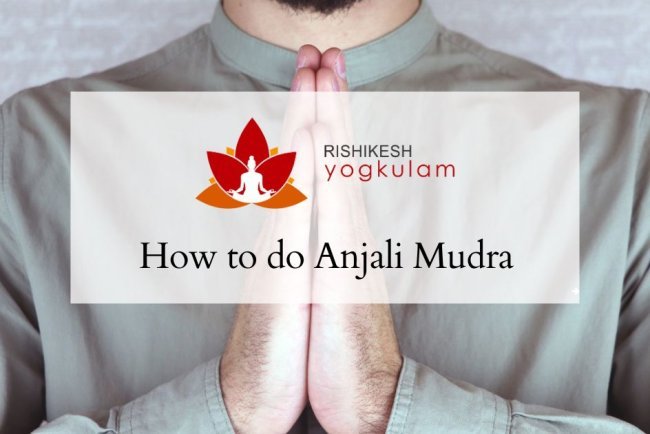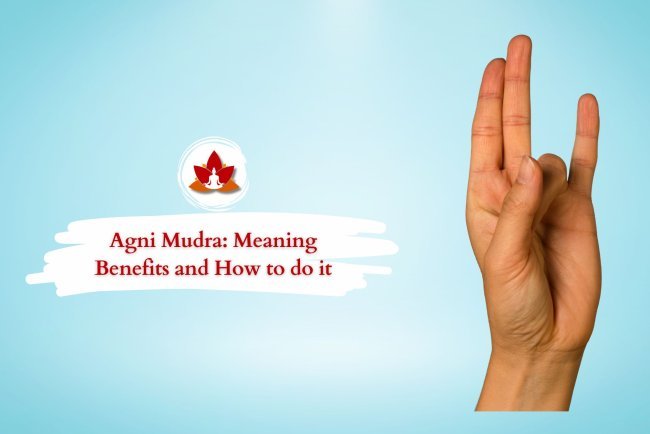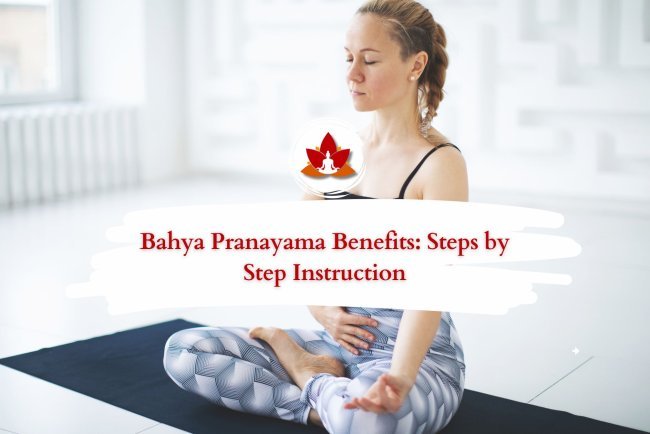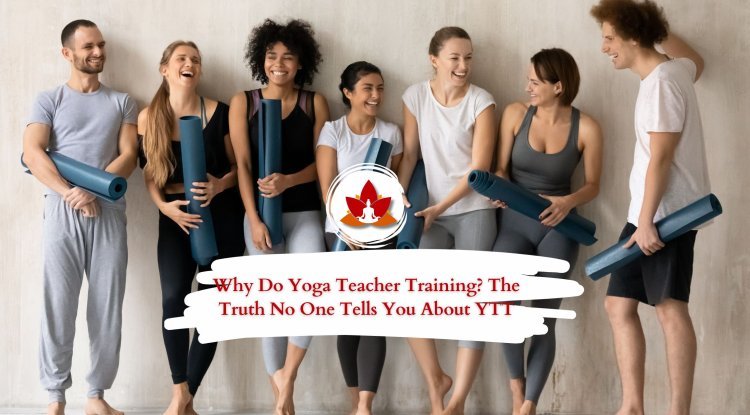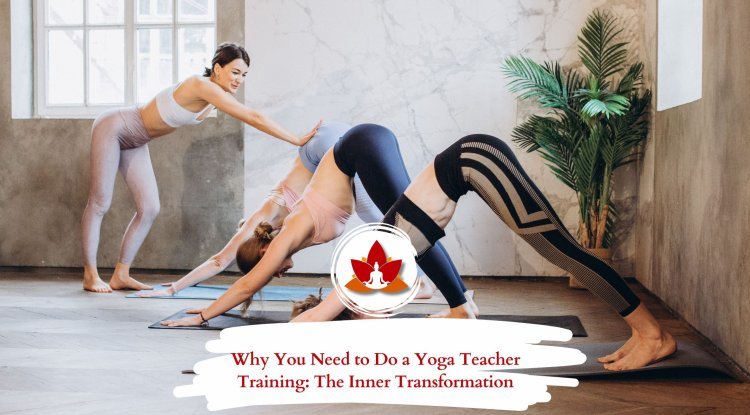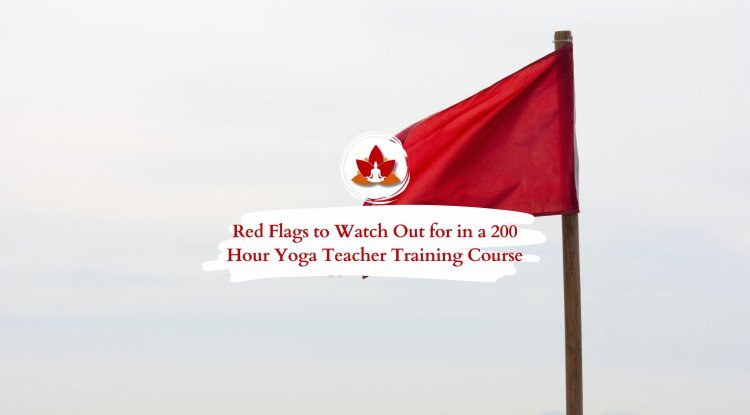How Can a Beginner Start Practicing Pranayama Safely And Effectively?
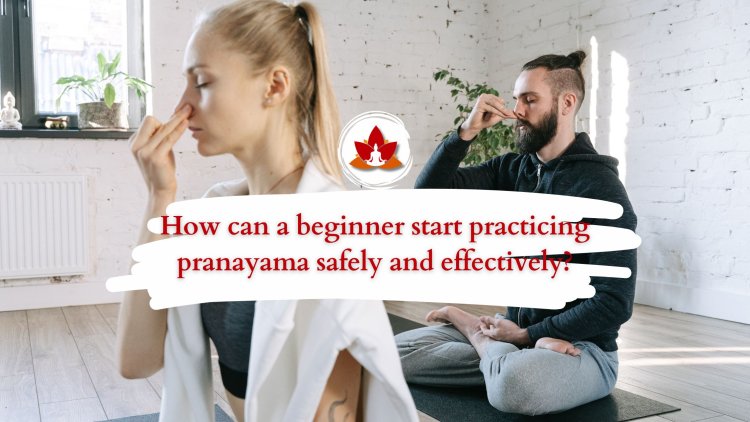
Pranayama is the practice of breath control, which gives us lots of physical and mental health benefits from practicing it regularly. As a beginner it's important to understand how pranayama for beginners should be practiced while maintaining safety and effectiveness . In this blog “Beginners guide to pranayama”, We will provide you step-by-step guidance to help you begin your pranayama journey, making it easier to follow these foundational steps.
1. Understand the Basics of Pranayama
First we should learn about the basics of pranayama to familiarize ourselves with what pranayama is, what its purpose, the different types of pranayama and their benefits.
2. Create a Suitable Environment
We should choose a suitable place for our pranayama practice, a place which is quiet and comfortable where no one can disturb you. Neat and clean space with proper ventilation of air. Make sure the space is not too closed. After finalizing your space, choose a comfortable posture where you can sit with your spine straight, vertically. You can use floor cushions if you need support or you can also sit on the chair.
3. Start with Basic Techniques
Start your practice with basic techniques such as yogic breath also known as full lung capacity breath. With these yogic breaths you will cultivate the practice of your natural breathing patterns. Initially, it may feel a bit weird or different but as you will go deeper in your practice you will start feeling this pattern as a natural breathing.
After getting mastery over yogic breath you can start Sama Vritti Pranayama which is also known as box breathing or equal breathing. In this breathing technique we equalize the inhalation and exhalation for the same count, gradually increasing the duration as you become more comfortable with your practice.
4. Practice Regularly
As the old saying says consistency is the key, aim for a regular practice of pranayama, starting with 10-15 minutes each day and gradually increase the duration to 30 min or 45 min, according to your practice.
Don't rush into advanced techniques and try to master the basics first; it's essential before moving further into your advanced pranayama practice.
6. Learn from Experienced Teachers
Learn pranayama under the guidance of experienced and qualified yoga teachers. As they can provide you with personal guidance and correct your techniques while also offering you different variations or modifications you might need.
7. Be Aware of Contraindications
Be aware of the contraindications of pranayama techniques as some of the techniques are not recommended in few health conditions. So before you practice any techniques learn about the contraindication of those techniques.
By following these guidelines, beginners can safely and effectively start practicing pranayama. Remember the key to pranayama, like any yoga practice, lies in patience, consistency, and self-awareness.
For beginners, pranayama is a gentle way to improve health and find peace. Remember to take it slow and enjoy the journey of learning pranayama.
What's Your Reaction?







